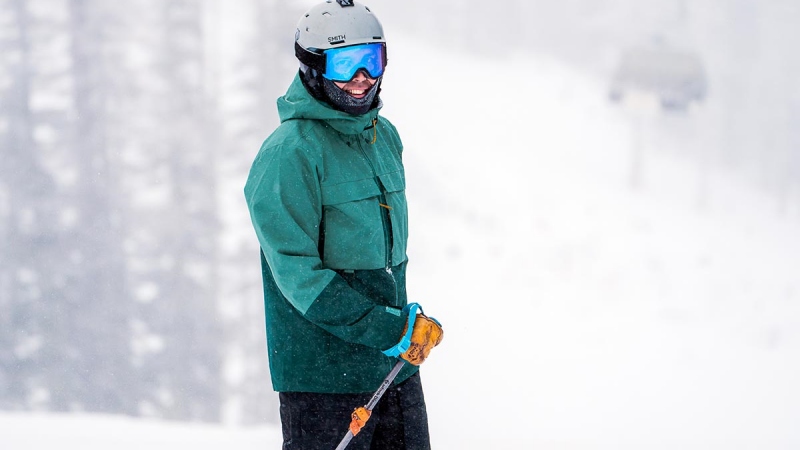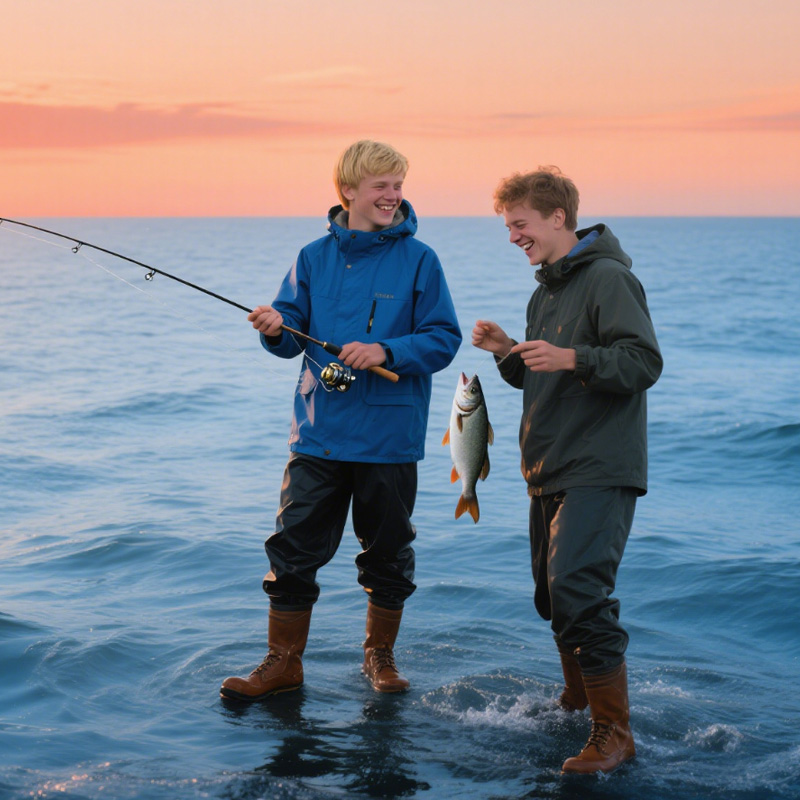Ski jackets are essential for anyone hitting the slopes, offering protection against cold, wind, and snow while ensuring comfort and mobility. However, their prices vary widely based on factors like brand, materials, features, and intended use. Understanding these factors can help skiers make informed purchasing decisions. This comprehensive guide explores the cost of ski jackets, breaking down the key elements that influence pricing and providing actionable insights to find the best value for your needs in 2025.
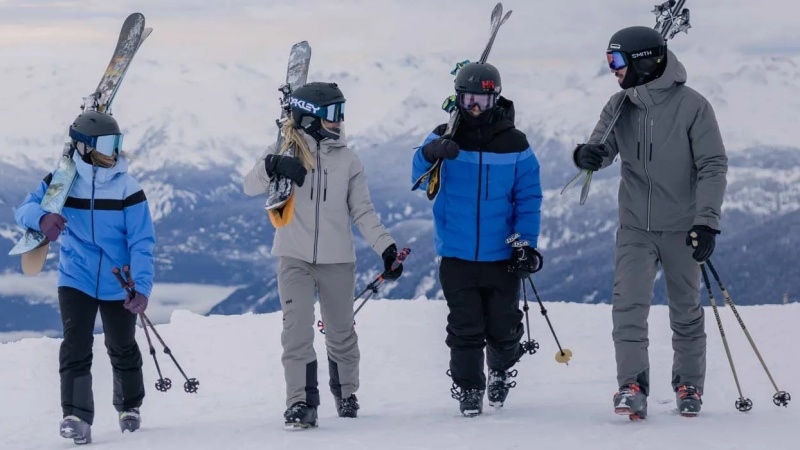
1. Factors Influencing Ski Jacket Cost
Several variables determine the price of a ski jacket, ranging from material quality to advanced technological features. Below, we delve into the primary factors affecting costs, supported by data and industry insights.
1.1 Material Quality and Construction
The materials used in ski jackets significantly impact their price. High-quality fabrics like Gore-Tex, a waterproof and breathable membrane, are common in premium jackets. According to industry reports, jackets with Gore-Tex can cost 20–50% more than those with proprietary waterproof materials due to their superior performance. For instance, a 3-layer Gore-Tex jacket, offering enhanced durability and breathability, typically ranges from $300 to $600, while 2-layer alternatives may start at $150.
Insulation type also plays a role. Synthetic insulation, such as PrimaLoft, is often used in mid-range jackets ($100–$300), providing warmth even when wet. Down insulation, found in luxury models, can push prices above $400 due to its lightweight warmth but may lose effectiveness when damp. The North Face, for example, reported that their down-filled jackets account for 30% of their premium sales in 2024.
1.2 Brand Reputation and Market Positioning
Brand prestige heavily influences ski jacket cost. Established brands like Arc’teryx, Patagonia, and Helly Hansen command higher prices due to their reputation for quality and innovation. A 2024 market analysis by Grand View Research noted that premium ski apparel, including jackets, is expected to grow at a 6.2% CAGR from 2025 to 2030, driven by consumer preference for trusted brands. An Arc’teryx Sabre Jacket, lauded for its Gore-Tex construction, retails around $650, while a comparable jacket from a lesser-known brand might cost $200–$300.
Mass-market brands like Columbia and REI offer budget-friendly options, with jackets priced between $80 and $200. These brands cater to recreational skiers, prioritizing affordability over cutting-edge features. For instance, the REI Co-op Powderbound Insulated Jacket, priced at $149, offers solid weather resistance for casual resort skiing.
1.3 Features and Technology
Modern ski jackets incorporate advanced features that elevate their cost. Common features include:
- Waterproofing and Breathability: Jackets with high waterproof ratings (20,000 mm or above) and breathability (15,000 g/m²/24h) cost $200–$500. Helly Hansen’s Alpha 4.0, priced at $450, features a proprietary LifaLoft insulation for superior warmth-to-weight ratio.
- Ventilation Systems: Pit zips and adjustable vents add $20–$50 to the price but enhance comfort during high-exertion skiing.
- Safety Features: RECCO reflectors, used for avalanche rescue, are standard in 60% of premium jackets, increasing costs by $10–$30.
- Integrated Technology: Some jackets, like those from Spyder, include heated liners or GPS tracking, pushing prices to $500–$800.
A 2025 Outdoor Gear Lab review highlighted that jackets with multiple features, like the Arc’teryx Sentinel ($700), outperform basic models in versatility but come at a premium.
1.4 Type of Skiing and Intended Use
The type of skiing—resort, backcountry, or competitive—affects jacket design and cost. Resort jackets, designed for lift-accessed skiing, range from $100 to $400, balancing warmth and style. Backcountry jackets, like the Patagonia SnowDrifter ($399), prioritize lightweight breathability for uphill travel, often costing 10–20% more than resort models due to specialized materials.
Competitive skiers may opt for one-piece suits, which offer aerodynamic designs but can cost $500–$1,000. According to Snowsports Industries America (SIA), 25% of professional skiers invest in custom-fit apparel, driving up costs for tailored solutions.
1.5 Seasonality and Sales
Ski jacket prices fluctuate based on seasonality. Retailers often offer discounts of 20–40% during off-season sales (spring/summer) or Black Friday events. For example, a $300 Columbia jacket might drop to $180 in April. Conversely, new collections released in fall 2025 may carry a 10–15% premium due to demand. A 2024 SIA report noted that 45% of ski apparel purchases occur during sales, saving consumers an average of $50 per jacket.
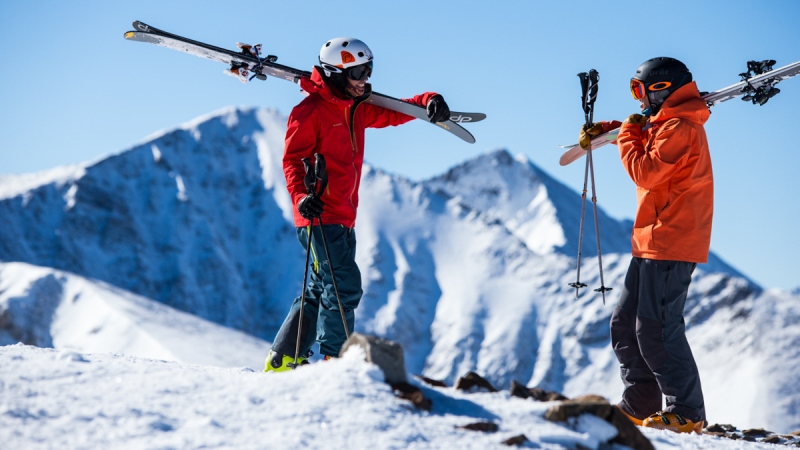
2. Price Ranges for Ski Jackets
To provide clarity, we categorize ski jacket costs into budget, mid-range, premium, and luxury segments, with examples and typical features.
2.1 Budget Ski Jackets ($80–$150)
Budget jackets are ideal for beginners or occasional skiers. Priced between $80 and $150, they offer basic waterproofing (10,000 mm) and synthetic insulation. The Columbia Bugaboo II, retailing at $120, is a popular choice, featuring Omni-Tech waterproofing and 100g of synthetic fill. While durable, these jackets may lack advanced ventilation or premium materials, limiting performance in extreme conditions. In 2024, budget jackets accounted for 70.59% of the mass-priced ski apparel market, per Grand View Research.
2.2 Mid-Range Ski Jackets ($150–$300)
Mid-range jackets strike a balance between performance and affordability, catering to intermediate skiers. Priced from $150 to $300, they often include 2-layer Gore-Tex or equivalent fabrics and features like pit zips. The REI Co-op First Chair GTX ($199) offers robust weather resistance and breathability, suitable for varied resort conditions. These jackets represent 20% of the North American ski apparel market, with sales projected to reach $2.38 billion in 2025.
2.3 Premium Ski Jackets ($300–$600)
Premium jackets target dedicated skiers seeking high performance. Ranging from $300 to $600, they feature 3-layer Gore-Tex, advanced insulation, and safety features like RECCO. The Helly Hansen Alpha 4.0 ($450) and Patagonia SnowDrifter ($399) are top performers, offering durability and versatility. This segment is expected to grow at a 5.3% CAGR through 2030, driven by demand for quality and innovation.
2.4 Luxury Ski Jackets ($600–$1,000+)
Luxury jackets, priced above $600, cater to enthusiasts and professionals prioritizing cutting-edge technology and style. Brands like Arc’teryx and Spyder dominate this segment, with models like the Arc’teryx Sabre ($650) featuring premium Gore-Tex and tailored fits. Luxury ski clothing, valued at $1.69 billion in 2024, is projected to reach $2.9 billion by 2033, growing at a 6.2% CAGR, per Business Research Insights. Features like heated liners or custom embroidery can push prices above $1,000.
3. Additional Ski Jacket Cost to Consider
Beyond the jacket’s sticker price, skiers should account for related expenses that impact the overall investment.
3.1 Accessories and Layering
A ski jacket is part of a layering system. Base layers ($30–$100) and mid-layers ($50–$150) add to the cost but are essential for thermal regulation. For example, a Smartwool base layer costs $80, while a Patagonia R1 fleece mid-layer is $129. Gloves ($20–$100) and goggles ($30–$200) further increase expenses, with high-end options like Oakley Flight Deck goggles retailing at $180.
3.2 Maintenance and Care
Proper maintenance extends a jacket’s lifespan, but it comes with costs. Waterproofing sprays ($10–$20) and specialized detergents ($15–$25) are recommended every 10–15 uses. Professional cleaning, costing $30–$50 per session, may be needed for premium jackets. Over five years, maintenance costs can total $100–$200, per Switchback Travel’s 2025 guide.
3.3 Customization and Repairs
Custom-fit jackets or repairs for tears and zippers add to expenses. Custom embroidery, offered by brands like Spyder, costs $50–$150. Repairs, such as patching a Gore-Tex shell, range from $20 to $100, depending on damage severity. SIA reports that 15% of skiers opt for customizations, increasing costs by 5–10%.
4. How to Choose the Right Ski Jacket for Your Budget
Selecting a ski jacket involves balancing cost with performance and personal needs. Here are practical tips to guide your decision.
4.1 Assess Your Skiing Needs
Consider your skiing frequency and environment. Casual skiers visiting resorts 1–5 times per season can opt for budget or mid-range jackets ($80–$300). Frequent skiers (10+ days) or backcountry enthusiasts should invest in premium models ($300–$600) for durability and breathability. Competitive skiers may require luxury options ($600+) for specialized features.
4.2 Prioritize Key Features
Focus on essentials like waterproofing (at least 15,000 mm), breathability (10,000 g/m²/24h), and insulation suited to your climate. For example, skiers in wet regions like the Pacific Northwest benefit from Gore-Tex shells, while those in drier, colder areas like Colorado may prefer insulated jackets.
4.3 Shop Smart
Take advantage of sales and discounts. Online retailers like Backcountry.com and REI offer 20–30% off during spring clearances. Renting jackets, available at resorts for $20–$50 per day, is a cost-effective option for infrequent skiers. Second-hand platforms like Poshmark can yield high-quality jackets at 40–60% off retail.
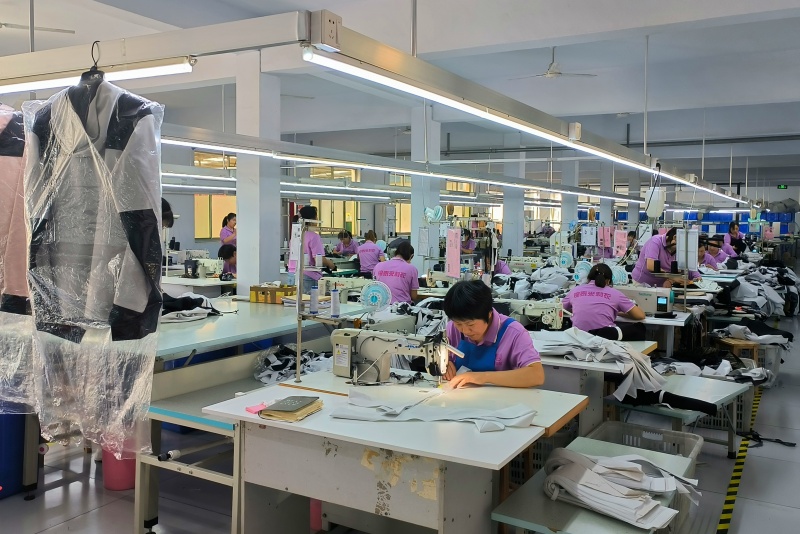
5. Market Trends Impacting Ski Jacket Cost
The ski apparel market is evolving, influencing jacket prices. Key trends include:
- Sustainability: Eco-friendly materials, like recycled polyester, increase costs by 5–15% but appeal to 60% of consumers, per a 2024 Patagonia survey.
- Technological Advancements: Heated jackets and smart features add $100–$300 to prices but are adopted by 10% of premium buyers.
- Customization: Brands offering personalized designs see 15% higher sales, per SIA, but customization raises costs by 10–20%.
The North American ski apparel market, valued at $2.27 billion in 2024, is projected to reach $3.06 billion by 2030, with jackets accounting for 53.62% of sales, per Grand View Research.
6. Conclusion
Ski jacket costs vary widely, from $80 for budget models to over $1,000 for luxury options. Factors like materials, brand, features, and intended use drive prices, with additional expenses for accessories and maintenance. By understanding your skiing needs, prioritizing key features, and shopping strategically, you can find a jacket that balances performance and value. Whether you’re a beginner or a seasoned skier, investing in the right ski jacket enhances your experience on the slopes while ensuring comfort and protection. Any questions or requirements, please contact BOWINS Garment.

